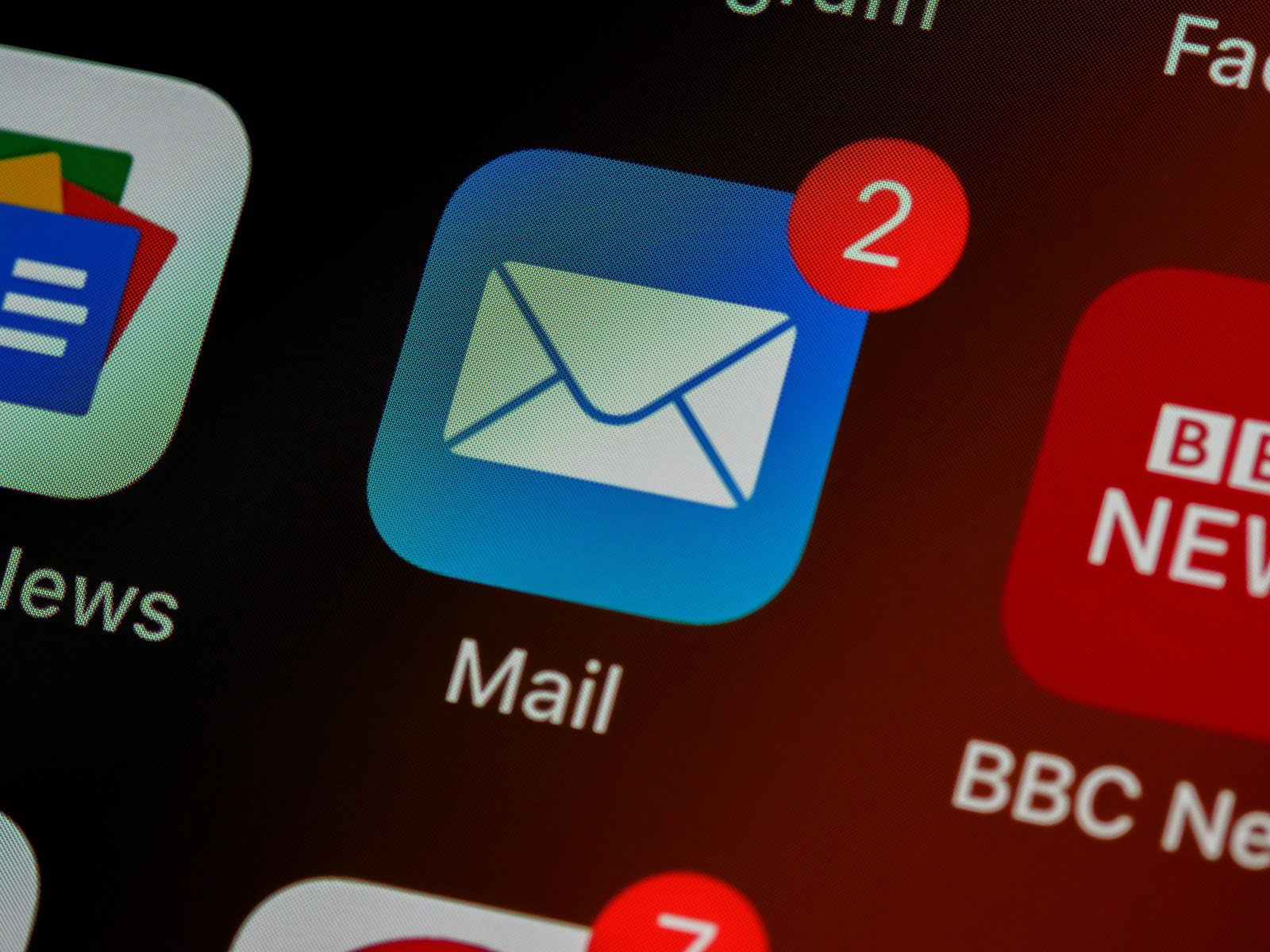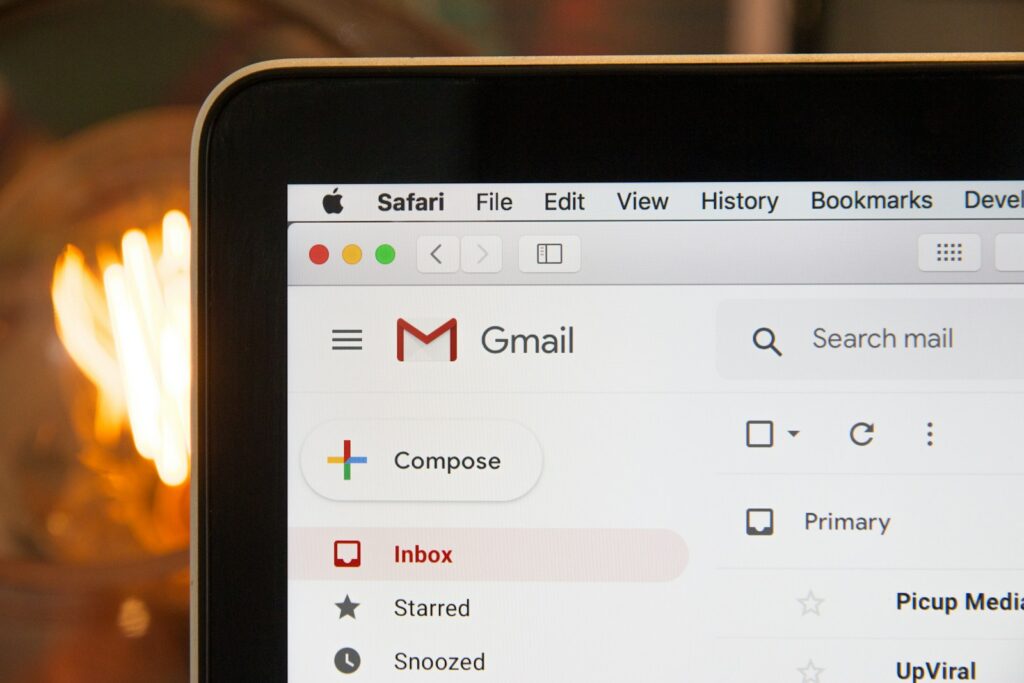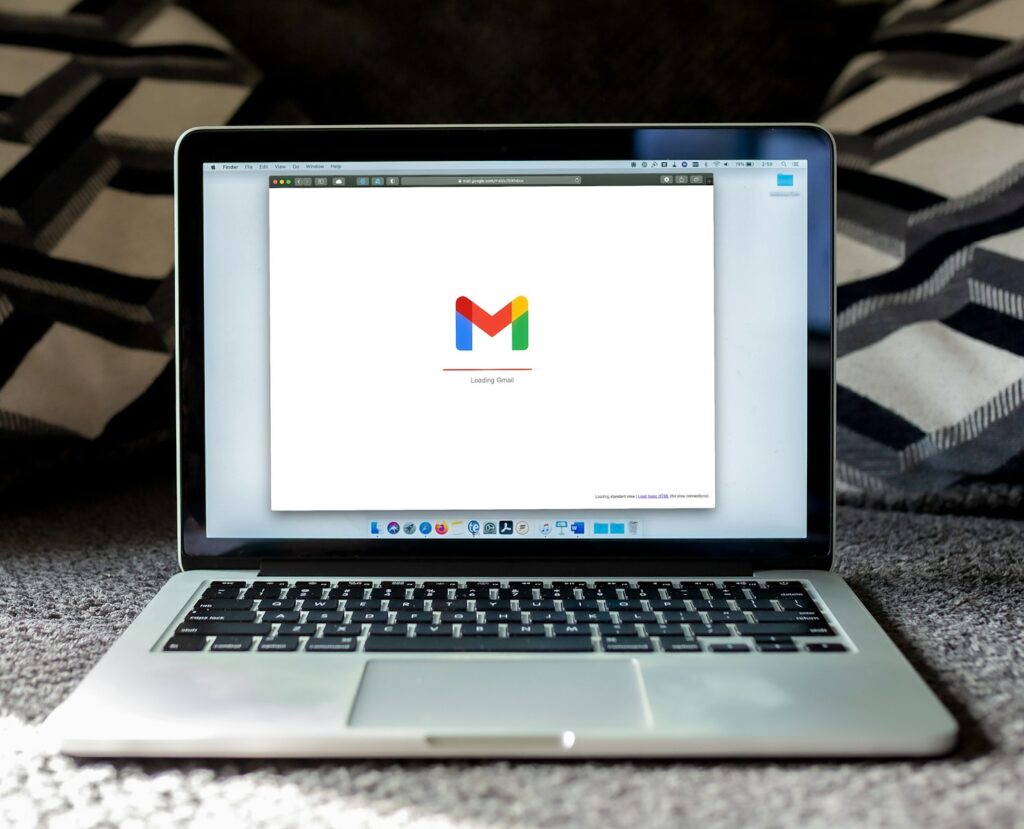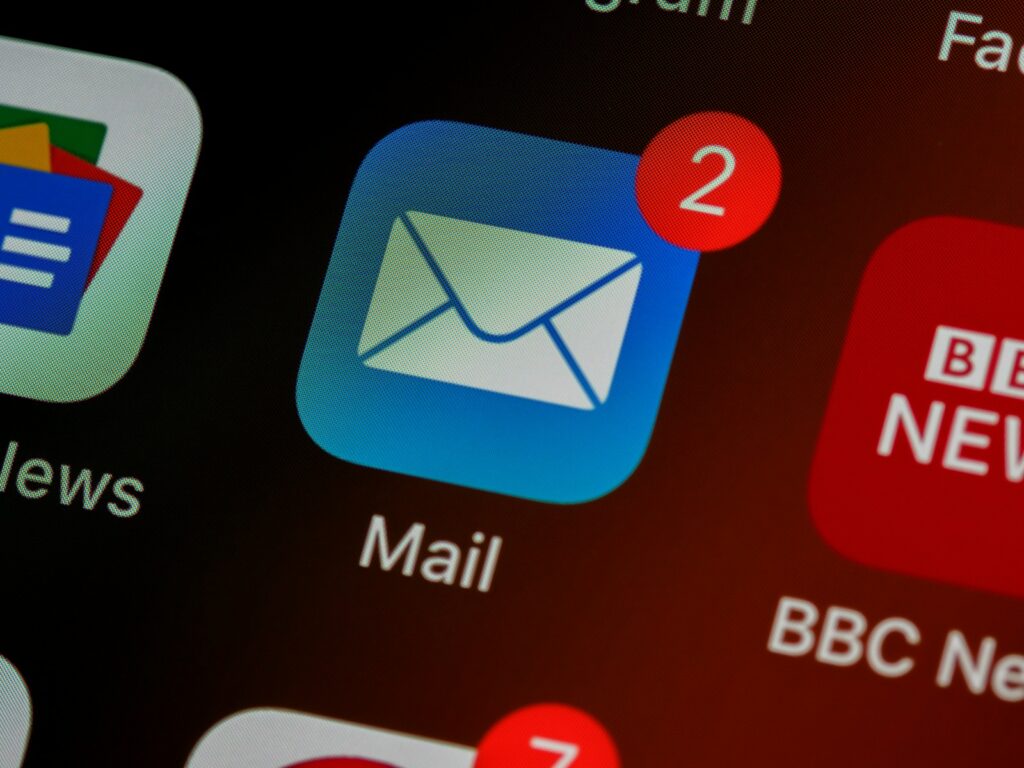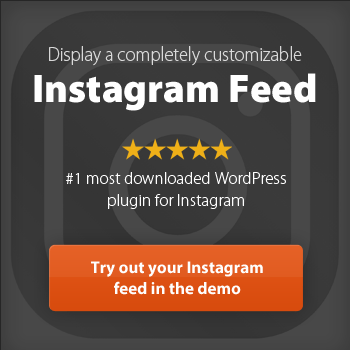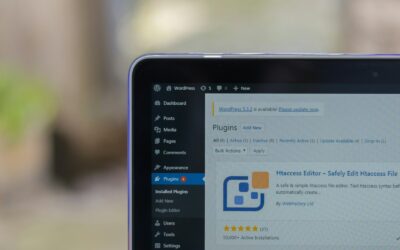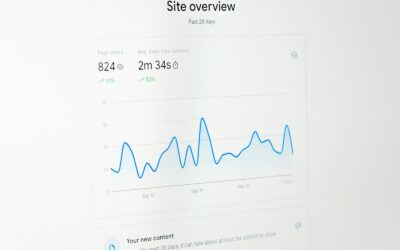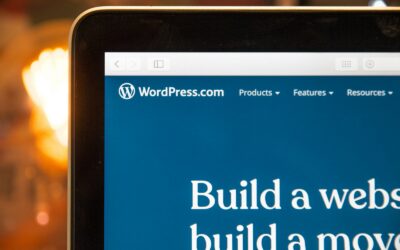First impressions matter, especially in the professional world, and making a good impression through your emails is crucial. A well-crafted email introduction can open doors, build connections, and set the stage for successful collaborations, whether you’re reaching out to a potential employer, client, or business partner.
Crafting professional emails is essential for establishing credibility and fostering connections in modern workplaces. If you’re wondering how to introduce yourself in an email effectively, this guide is for you. We’ll explore why email introductions are critical, break down the key components, and share tips to help you craft the perfect self-introduction email.
Introduction to Email Introductions
Emails are a powerful form of professional communication, offering a concise way to connect and build relationships. Mastering the art of the introduction email will set you apart in a crowded inbox.
Whether you’re introducing yourself to a potential employer, presenting your skillset to a colleague on a new team, or proposing a business opportunity in professional settings, your email speaks volumes about your professionalism and attention to detail.
Here’s what you’ll learn by the end of this guide:
- The purpose of an introduction email.
- Key elements of a professional self-introduction.
- Step-by-step guidance on crafting engaging emails for a variety of scenarios.
- Common mistakes to avoid.
- Practical email examples to help you adapt your tone based on the audience.
Looking for an experienced Wordpress Development company?
Understanding the Purpose of Email Introductions
Before hitting “send,” it’s essential to understand why you’re writing the email, who will be reading it, and to express enthusiasm in your message.
A professional introduction email is crucial as it helps in making a positive first impression, ensuring clarity, engagement, and professionalism.
What Is the Purpose of an Introduction Email?
The primary goal is to establish a connection and make a memorable first impression with a quick introduction. These emails can serve multiple purposes:
- Introducing yourself to a new team after recently joining a company.
- Presenting yourself as a candidate for a job opportunity.
- Reaching out to potential business partners for collaboration or networking.
- Introducing yourself to key stakeholders as a new employee, new manager, or team member.
Crafting a professional email is crucial to ensure your message is well-received and leaves a lasting impression.
Why Does It Matter?
An introduction email is often the first interaction someone will have with you, making it crucial to create a good impression. A thoughtful introduction:
- Sets the tone for a positive relationship.
- Helps establish your professional background and credibility.
- Can significantly increase the likelihood of a response, especially when tailored to respect the recipient’s time.
Leveraging your professional network can also play a vital role in building connections through effective email introductions.
Tailored to the Recipient's Needs
Always consider the recipient’s time. Keep your email clear, concise, and personalized. Avoid long-winded details that may lose your audience’s attention. A professional introduction email is crucial as it helps in making a positive first impression and facilitates conversations and collaborations. For example:
- If you’re emailing a hiring manager, emphasize your job title and relevant details tied to the job posting.
- If you’re joining a new team, mention your role, share your excitement, and add a call to action that encourages engagement.
Structure of an Introduction Email
An introduction email typically consists of a clear subject line, a polite greeting, a brief introduction, a statement of purpose, and a professional closing. The structure of an introduction email is crucial in making a good first impression and establishing a positive tone for the conversation.
A well-structured introduction email should be concise, clear, and engaging, and should include all the necessary information to introduce yourself and your purpose.
Key Elements to Include
When writing an introduction email, there are several key elements to include. These include a clear and compelling subject line, a polite and professional greeting, a brief introduction that includes your name, job title, and company name, a statement of purpose that explains why you are writing, and a professional closing that includes a call to action and a sign-off.
Additionally, it’s essential to include relevant details such as your contact information, mutual connections, and any previous interactions you’ve had with the recipient. By including these key elements, you can create a well-structured and effective introduction email that helps you establish a positive relationship with the recipient.
Crafting a Business Email Introducing Yourself
Now that we’ve highlighted the importance of introduction emails and a professional sign-off, here’s how to write one step by step.
A professional introduction email is crucial as it helps in making a positive first impression.
1. Start Strong With a Compelling Subject Line
Your subject line determines whether your professional email gets opened. Make it relevant, concise, and engaging:
- “Excited to Join the Team as Your New [Role]!”
- “Introduction From [Your Name] Regarding [Specific Details]”
- “Request to Collaborate on [Project Name]”
Making a good impression through a well-structured email is crucial, as it reflects respect for the recipient's time and helps establish connections in the digital landscape.
2. Greet Professionally
Use a professional greeting that reflects the setting and includes the recipient's name:
- Formal Setting (e.g., for hiring managers or senior-level stakeholders): “Dear Mr. Smith,”
- Casual Setting (e.g., for colleagues or peers): “Hi Emily,”
A professional email not only sets the tone for your communication but also ensures that your message is clear and effective.
3. Introduce Yourself
Keep it brief but impactful. A professional introduction email should include your name, job title, company name (if applicable), and the reason you’re writing. Example:
“My name is Sarah Johnson, and I recently joined [Company Name] as a Marketing Specialist. I’m excited to contribute to the team’s work on upcoming projects.”
A quick introduction is crucial to ensure your message is clear and direct, facilitating effective communication.
4. State Your Purpose Clearly
The body of your email should explain why you’re reaching out and express enthusiasm for the opportunity or collaboration.
- Example for a job application: “I’m writing to express my enthusiasm about the [Job Title] position at [Company Name]. I believe my experience in [specific details] aligns perfectly with the role’s requirements.”
- Example for new team introductions: “I’m looking forward to working with this talented group and contributing to the exciting projects planned for this year.”
Crafting a professional email is crucial as it ensures your message is clear, structured, and leaves a lasting impression.
5. Add Relevant Details
Share one or two key aspects of your professional background or accomplishments that are pertinent to the recipient in your professional introduction email. This could be a mutual interest, a recent achievement, or a specific goal. Leveraging a professional network can significantly enhance your connections and open up new opportunities through effective email introductions.
6. End With a Clear Call to Action
Your call to action should guide the recipient toward the next steps and include a professional sign-off:
- “I’d love to schedule a quick call to discuss this further.”
- “Looking forward to meeting you at our first team meeting next Monday.”
- “Please feel free to reach out to me at [your email] or [phone number].”
Additionally, crafting a professional email is crucial for making a lasting impression and facilitating effective engagements.
7. Sign Off Professionally
End your email with a professional sign-off and your contact details:
- “Best regards,”
- “Kind regards,”
- “Sincerely,”
A professional email not only includes a proper sign-off but also ensures that the structure, tone, and content are appropriate for the intended audience.
Formal vs. Casual Introduction Emails
Formal Introduction Email Sample
Use a reserved tone for scenarios like reaching out to a new boss, hiring manager, or business partner. Focus on:
- Clear structure.
- Polished language.
- Avoiding excessive details.
A professional introduction email is crucial in these scenarios to make a positive first impression and facilitate effective communication, while you formally introduce yourself.
It is also important to craft a professional email to ensure clarity, engagement, and professionalism in your communication.
Formal Self-Introduction Email Sample:
Subject: Introduction From Sarah Johnson for [Marketing Role]
Body:
Dear Mr. Smith,
I hope this email finds you well. I’m writing to express my interest in collaborating on [specific project]. My experience in [relevant field] aligns closely with the goals we discussed. I look forward to exploring how we can create value together.
Kind regards,
Sarah Johnson
Casual Introduction Email Sample
For teammates or internal introductions, you can be more approachable and conversational. However, it's crucial to start with a professional introduction email to set the right tone and make a positive first impression. Keep your email concise and briefly introduce yourself with genuine interest.
Casual Self-Introduction Email Sample:
Subject: Excited to Join the Team!
Body:
Hi Team,
I’m Sarah, your new Marketing Specialist! I’m thrilled to join such a talented group. Feel free to reach out if you’d like to chat about marketing trends over coffee—I’d love to hear your insights.
Best,
Sarah
Remember, a professional email is essential for ensuring clarity, engagement, and professionalism in your communications.
Types of Introduction Emails
There are several types of introduction emails, each with its own unique purpose and tone. These include introduction emails to hiring managers, business emails introducing yourself to clients, and introduction emails to new teams or colleagues. It's important that no matter who you're introducing yourself to, it's vital that you professionally introduce who you are and typically send a polite follow-up email.
Email: Introducing Yourself to a Hiring Manager
When writing an email introducing yourself to a hiring manager, it’s essential to be professional, concise, and clear. Your email should include a compelling subject line, a polite greeting, and a brief introduction that highlights your relevant skills and experience.
You should also include a statement of purpose that explains why you are writing and how you can contribute to the company. Finally, be sure to include a professional closing with a call to action, such as requesting an interview or discussing your application.
Common Mistakes to Avoid in Introduction Emails
- Generic Subject Lines: Avoid bland phrases like “Hello” or “Just Reaching Out.” A professional introduction email should have a clear and engaging subject line to make a positive first impression.
- Missing Call to Action: Always guide the recipient on what to do next.
- Excessive Details: Stick to relevant information; long emails are less likely to be read.
- Grammatical Errors: Proofread your email to ensure it looks polished and professional. A professional email is crucial for effective communication and can significantly impact the recipient's perception of you.
Final Thoughts On How To Introduce Yourself In An Email
Introducing yourself via a professional introduction email may seem daunting, but it’s an invaluable skill in today’s professional world. A perfectly crafted introduction email can open doors to new opportunities, build lasting relationships, and establish your authority. The importance of a professional email cannot be overstated, as it ensures clarity, engagement, and professionalism in your communications.
If you’re looking to stand out and improve your email marketing strategies, consider partnering with Priceless Consulting. Whether you need SEO optimization, content strategy, or email campaign management, they provide tailored solutions to help your business grow.
Visit Priceless Consulting today and take the first step toward more powerful communication.
Learn More About Professional Email Etiquette
Improving your email communication skills is essential for fostering strong professional relationships. Here are some valuable resources to help you learn more about professional email etiquette:
- The Balance Careers – Email Etiquette Tips for Workplace Success: A comprehensive guide to crafting clear and respectful emails in a professional setting.
- Harvard Business Review – How to Write Email with Military Precision: Insights on structuring concise and effective emails inspired by military communication strategies.
- Forbes – 15 Important Email Etiquette Tips: Essential reminders to ensure your emails are polished, professional, and impactful.
- Indeed – Email Etiquette Tips for Job Seekers: Targeted advice designed to improve email interactions during your job search.
These resources cover key aspects of email etiquette, helping you enhance clarity, tone, and professionalism in your communications.
Learn More About Business Etiquette
Expanding your knowledge of business etiquette can improve your professionalism and strengthen workplace relationships. Below are some credible resources to help you master the essentials of business etiquette:
- The Balance – Business Etiquette Rules Every Professional Should Know: A comprehensive guide on professional behavior and workplace communication.
- Forbes – Modern Business Etiquette Tips: Insightful advice to help you adapt to contemporary business practices and expectations.
- Mind Tools – Business Etiquette Basics: Practical tips to improve office etiquette, dining manners, and professional communication.
These resources offer valuable information on maintaining professionalism across various business environments.

